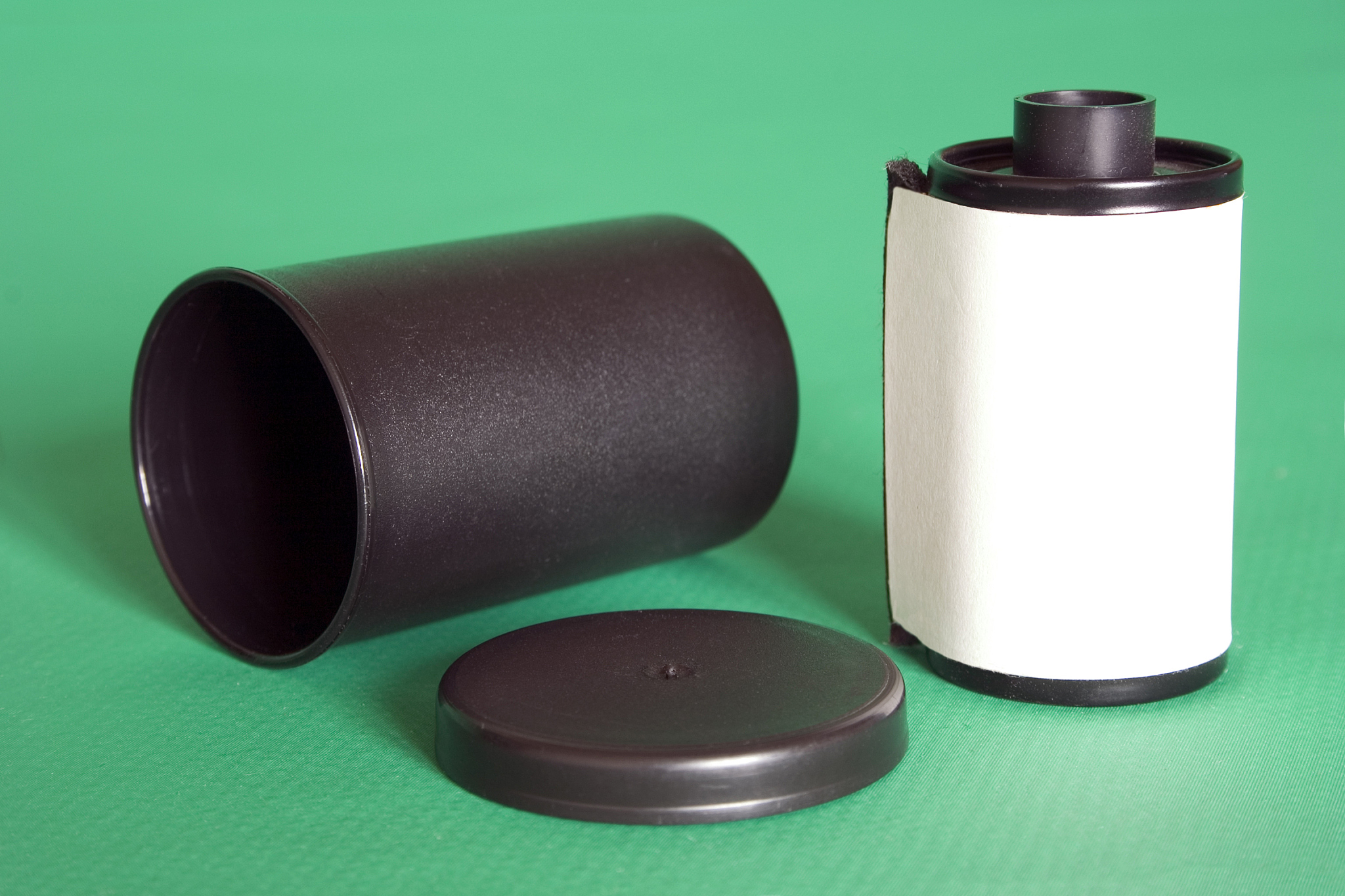将下面两段话进行学术翻译:图a对比了扩径段不同径向位置处表观气速为 5ms时颗粒循环通量在145-325kgm2·s操作条件下的FCC颗粒浓度概率密度分布。可以看出随循环通量的增加概率密度峰值增大且向高浓度区移动概率密度曲线呈现出宽分布、长拖尾的特点。这说明随着进料量的增多在管内出现局部高颗粒浓度的概率增加同时增大了颗粒浓度分布范围。概率密度分布在循环通量较低时变化较小当循环通量增加到325kgm
Figure a compares the probability density distribution of particle concentration in the fluidized catalytic cracking (FCC) process at different radial positions along the expanding radius segment under the operating conditions of a superficial gas velocity of 5 m/s and a particle circulation flux of 14.5-32.5 kg/m2·s. It can be observed that with an increase in the particle circulation flux, the peak value of the probability density distribution increases and shifts towards the high concentration region, while the probability density curve exhibits a wide distribution and a long tail. This indicates that an increase in the feed rate leads to an increased probability of local high particle concentration in the pipe, and an enlarged range of particle concentration distribution. The variation in the probability density distribution is relatively small at low circulation flux, but shows a significant shift when the circulation flux is increased to 32.5 kg/m2·s. Overall, compared to the wall and transition regions, the effect of the circulation flux on the particle concentration distribution in the central region of the expanding radius segment is relatively small, indicating a more stable gas-solid flow in this region. As the radial position moves from the wall towards the center, the probability density curve tends to shift towards the low concentration region, with a gradually decreasing peak width but an increasing peak value. This change is more pronounced at high circulation flux, indicating that the particle concentration is highest at the wall and gradually decreases towards the center of the pipe. Within the current operating conditions, the probability density curve shows a single peak distribution, indicating that dilute phase flow is dominant in the expanding radius segment. Furthermore, at low solid flux, the particle concentration is mainly concentrated within the range of 0.01, indicating a uniform continuous flow of particles, while at high solid flux, the particle concentration distribution becomes more dispersed, indicating an increased fluctuation in the particle phase flow with increasing concentration, and a tendency towards the coexistence of dilute and dense phase structures.
Figure b shows the effect of circulation flux on the probability density distribution of glass bead concentration at different radial positions. It can be observed that the overall state of the probability density distribution of glass beads and its variation with solid flux is consistent with that of FCC, indicating that different materials with different densities exhibit similar basic flow structures in the expanding radius segment. However, it is noteworthy that at the wall of the pipe, compared to FCC, the PDD curve distribution of glass beads under the same circulation flux becomes wider, with an increased probability of high-concentration particle distribution. This indicates that the particle concentration of glass beads at the pipe wall is significantly higher than that of FCC, which is consistent with experimental observations. Moreover, the effect of circulation flux on the probability density distribution of glass beads is greater at the pipe wall than in FCC. Comparing the probability density distributions of FCC and glass beads in the transition and central regions, it can be found that under high flux conditions, there is little difference between the two, but under low flux conditions, the probability density distribution of glass beads shifts towards the low concentration region compared to FCC, indicating a decrease in particle concentration in this region. This may be related to the fact that particles with a higher density in the expanding radius segment tend to settle at the bottom due to reduced drag force, resulting in a weakened axial motion and increased radial motion.

原文地址: https://www.cveoy.top/t/topic/bFG9 著作权归作者所有。请勿转载和采集!